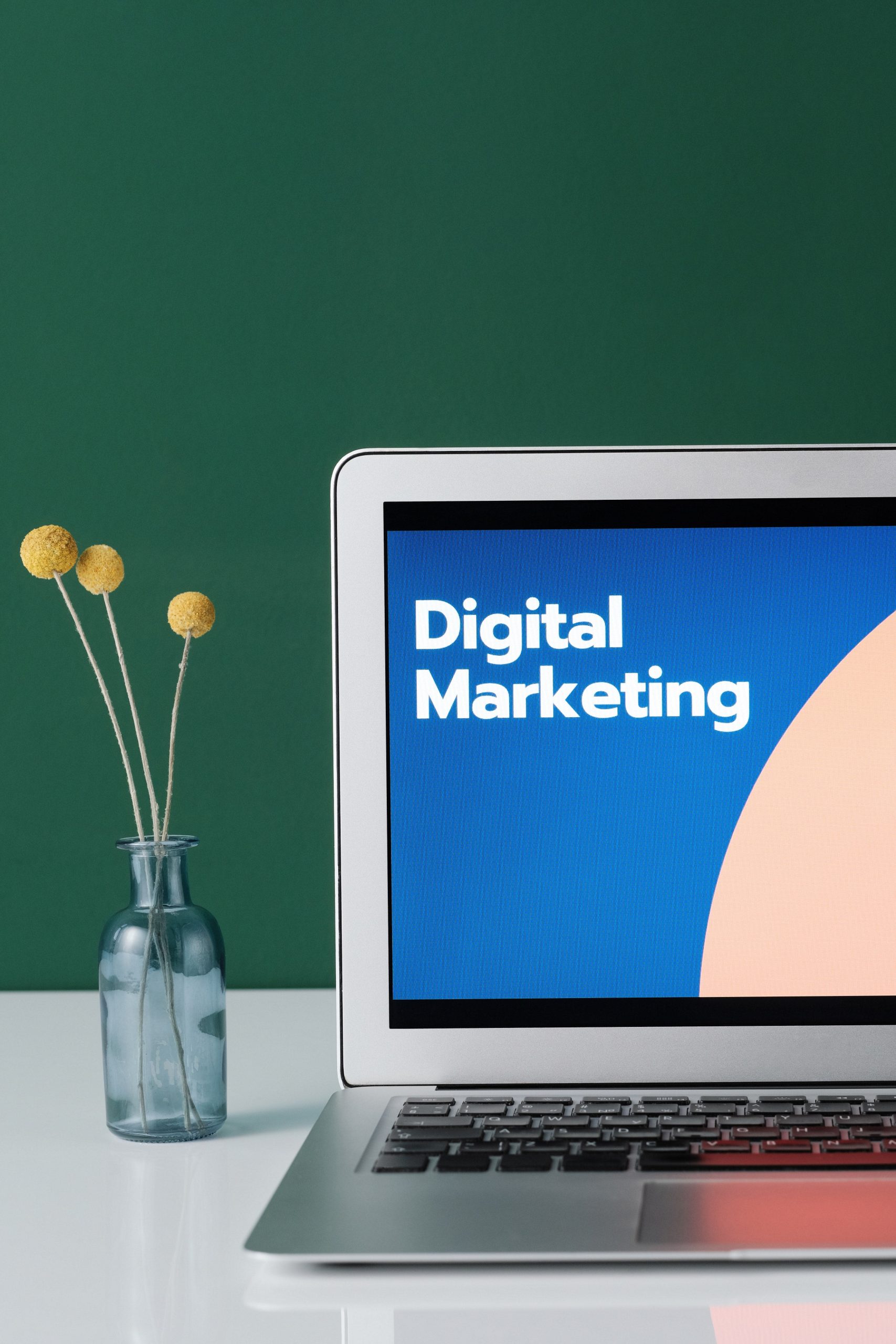The Advantages of Using Landing Pages for Marketing.

The Advantages of Using Landing Pages for Marketing.
Landing pages can be a truly useful marketing tool, with the goal to convert and nurture leads. In fact, the average landing page conversion rate across all industries is 9.7%, which is very high in comparison to the global website conversion rate of 4.31%. With extremely focussed content being a hallmark of landing pages, conversions through this medium are high quality, coming from the people who are truly interested and invested in your offer, service, product, or deal.
There are many advantages to including landing pages within your marketing toolkit, and we will delve into these later in this article. But first, a quick introduction to what landing pages are and the types that you might come across on your internet travels.

What is a landing page and why are they useful?
A landing page generally might refer to any page on a website that a searcher can land on. In digital marketing, however, a landing page usually refers to a single stand-alone web page, distinct from your website, which was created for a specific and focused advertising or marketing campaign.
The purpose of a landing page is to drive conversions and nurture leads and so they usually feature information and focused CTAs offering special offers, trades, or deals in return for contact information. Landing pages should only contain relevant information that guides the viewer to convert, there should be no distraction from other site elements and information.
Types of landing page
There exists a vast range of landing page types that you can use, depending on what you want to achieve. It’s good to bear in mind that landing pages tend to overlap or serve a few different purposes. This means that it is possible to utilise and test different types of landing pages to find out how to more effectively reach your goal.
A few of the main landing page types around include:
- Click-through landing pages
Click-through landing pages are all about encouraging the visitor to learn more about the service or product you provide, before guiding them to click through to a transaction or conversion page.
These pages serve to appeal to the visitor’s interest and inform them about the unique value of your offering. This can then help convince them to move towards making a purchase.
These types of pages are often detailed, persuasively written, and do not use a form but rather a click-through button to allow the user to continue their journey deeper into the marketing funnel.
- Lead capture landing page
This is a fairly common type of landing page. It tends to be used for PPC ads (pay-per-click) as it serves as a good way to capture information once a visitor has clicked onto an ad.
The lead capture landing page is similar to the squeeze page, mentioned above, in that they both aim to capture the information of the visitor. However, this type of landing page needs a headline, lots of visuals. Additionally, these pages need to offer an incentive, or an exchange, such as 10% off your first order if you sign up.

- Squeeze landing page
A squeeze landing page is designed to quickly convince the visitor to provide their email address. Similar to a lead capture landing page, these pages are different in that they are usually small, use no or minimal images and short amounts of text.
The goal of a squeeze landing page is more about gathering the visitor’s information and less about educating the visitor. As an incentive, a squeeze page may contain a free course sign-up, ebook, or download which can be claimed once the visitor has entered an email address.
- Event landing page
An event landing page is perfect for those who want to get people to register for an event, webinar, or meet-up. This landing page should include lots of details about the event, as well as eye-catching videos, photos, and testimonials from attendees of old events. In this way, you can pique the visitor’s interest and they are more likely to register for the event.
- Long-form sales landing page
This type of landing page is often used to showcase your company and the benefits of choosing you. They are long-form pages that use headlines, videos, quotes, images, and CTAs. They are designed to elevate trust in your company and dissolve any uncertainty that your potential customer might have about making a purchase or booking with you.
- Thank you landing page
A thank you landing page is a great way of nurturing those leads. If a visitor to your website has completed a signup or registered for something, you can use a thank you landing page to thank them. You can add extra offers on this landing page, a discount code for future use, a link to your blog, or ask them to follow your social media pages. This is a great way to keep the customer relationship strong and potentially boost engagement with strategic offers and content.

What are the advantages of using landing pages?
Landing pages can be an extremely effective lead generation tool and using them can have a number of advantages, including:
1. Landing pages can tell you more about your target audience.
Organising a tactical strategy for your landing pages can allow you to more easily see which topics and themes are the best for conversions. In this way, you can understand more about what your target audience wants to see.
2. Landing pages help boost brand awareness.
A landing page should be engaging and eye-catching. The benefit of this is that even if the visitor does not convert, they will remember your brand because of the quality of the landing page. A well-designed landing page can be a great asset in communicating the value of your brand to those who view it.

3. Landing pages help increase conversions.
The targeted nature of landing pages and the way that they can offer value in exchange for conversions means that landing pages are a great way to convert traffic into leads. Presenting a visitor with a page that is targeted towards their interest or problem, is a great way to encourage that visitor to take notice of your company, and submit their contact details in exchange for helpful content.
4. You can easily test landing pages to inform improvements.
You can get creative with landing pages. Change up images, text, colours, CTAs, layout, and more to see what best appeals to your audience. With this level of control, you can keep making tweaks to improve your page performance and find the right formula that works for you!
There are many advantages to using landing pages as a tool in your overall marketing strategy. From collecting more insights about your audience to boosting your brand awareness and conversions, maybe now is the time to consider getting acquainted with landing pages within your own marketing strategy?




